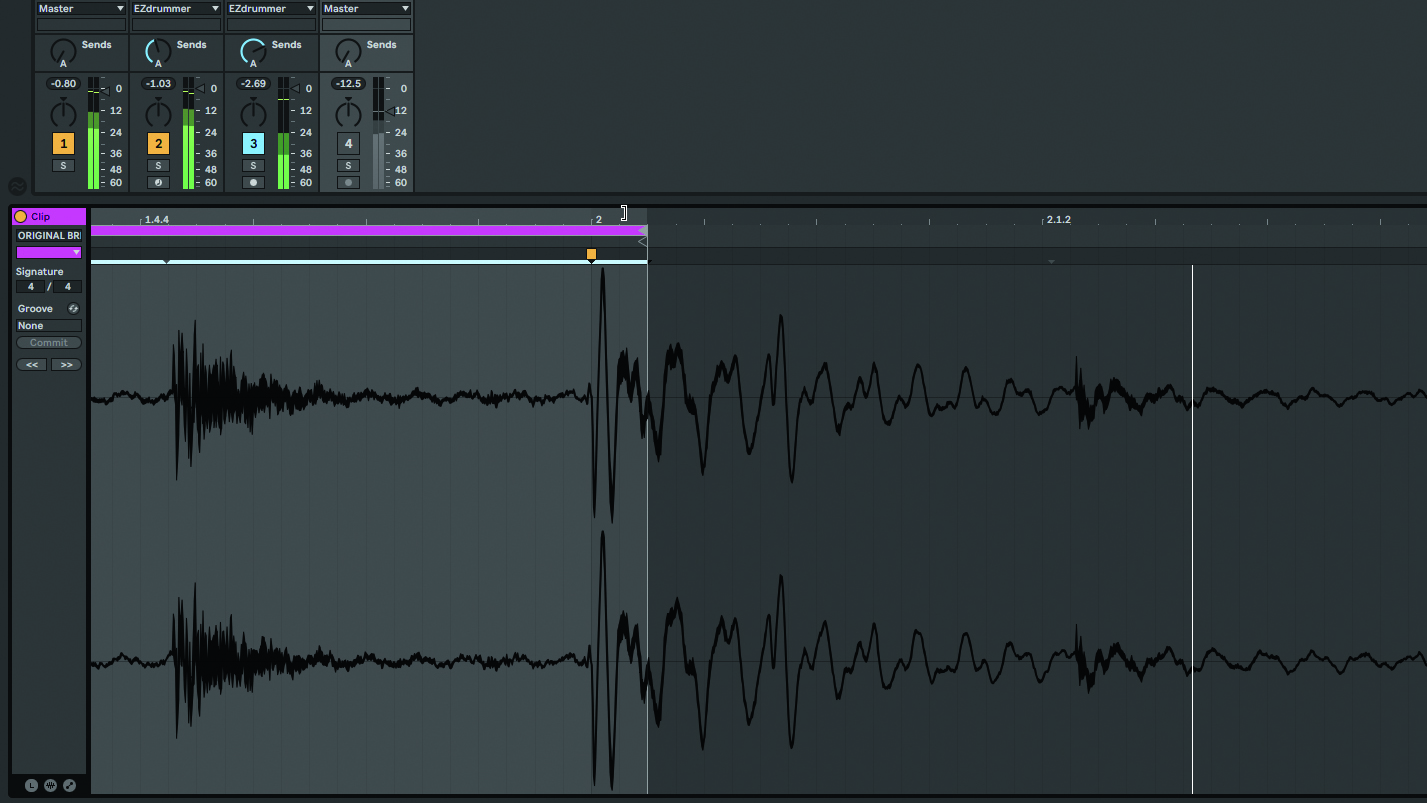How to program a Funky Drummer-style MIDI break in your DAW
Get on the good foot with this most seminal of grooves
One of the most sampled piece of music of all time, Clyde Stubblefield’s sublime drum break from James Brown’s Funky Drummer has served as the backbone of countless tracks by a parade of top tier artists including Public Enemy, NWA, Madonna and George Michael among others.
With its double-time hi-hats, instantly recognisable snare drum sound and irresistible groove, it absolutely deserves its place in musical history. Even if the legend is soured somewhat by the fact that Stubblefield never received a penny for it from anyone.
In this tutorial and its accompanying video, we're going to show you how to program a MIDI loop inspired by the Funky Drummer break. We're using Toontrack’s Funkmaster Clyde kit, as it seems only fitting, having been sampled by Stubblefield himself, even though it doesn’t sound at all like the kit used on the actual session. In fact, it’s just about impossible to get any sample library to match the unique sound of the real thing, but that’s not the goal on this occasion – we’re just trying to capture the feel as MIDI here.
Also, since we wouldn’t want to breach any copyright, our groove won’t be identical to the original - the differences should be quite obvious once you hear the two played against each other.

Step 1: With our project tempo set to 99bpm, we start by drawing in the kick and snare hits snapped to grid – we’ll sort the timing nuances out later. We use two snare sounds: a rimshot for the backbeat and a regular centre hit for the offbeat ghost notes.

Step 2: Next, we set the note velocities to match the dynamic profile of Stubblefield’s amazing groove. The backbeat snares are at the full 127, and the ghost note snares vary between about 90 and 110. For the kick drum, we simply make the first two hits louder than the rest.

Step 3: The hi-hats centre on a one-handed 16th-note pattern, but the line is really defined by the open hits at the middle and end of the phrase. The main hits are easily programmed using a closed tip articulation, alternating between full and lower velocities.
Want all the hottest music and gear news, reviews, deals, features and more, direct to your inbox? Sign up here.

Step 4: The two open hits need to be curtailed with pedalled notes, and the first one is actually preceded by what sounds like a combination of a pedalled hit and a closed tip, but the pedalled articulation on its own does the trick. All that remains is to manually move the MIDI notes around to match the timing of the original break.

Step 5: We load an audio sample of the actual Funky Drummer break and snap the kick at the start of bar 2 to the barline for a seamless loop of just the first bar. Moving the kick and snare MIDI notes to match the transients in the waveform is easy, but the hi-hats aren’t visible in the waveform.

Step 6: They need to be positioned by ear, as they start quite a long way behind the beat, but get tighter as the bar progresses. The snare does the same, so we use that as an anchoring guide. With that, our Funky Drummer is finished, and ready to be used with any kit we like.
Computer Music magazine is the world’s best selling publication dedicated solely to making great music with your Mac or PC computer. Each issue it brings its lucky readers the best in cutting-edge tutorials, need-to-know, expert software reviews and even all the tools you actually need to make great music today, courtesy of our legendary CM Plugin Suite.
